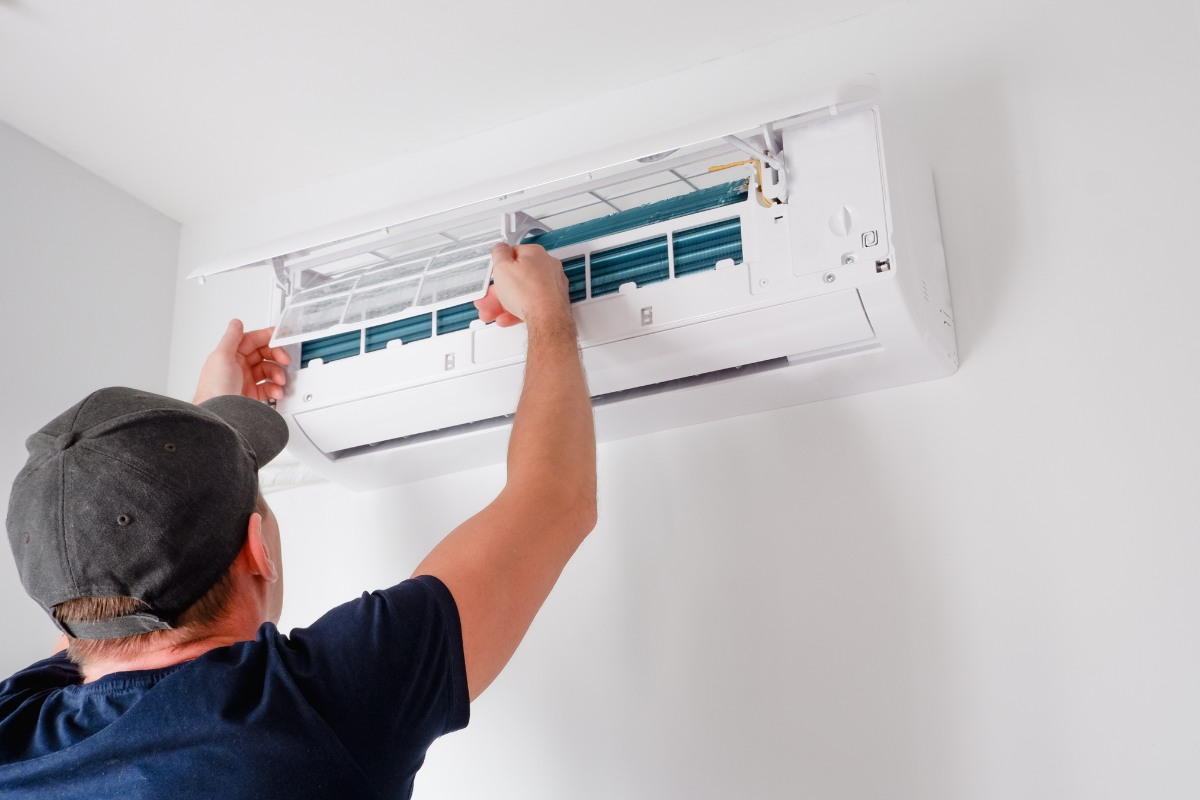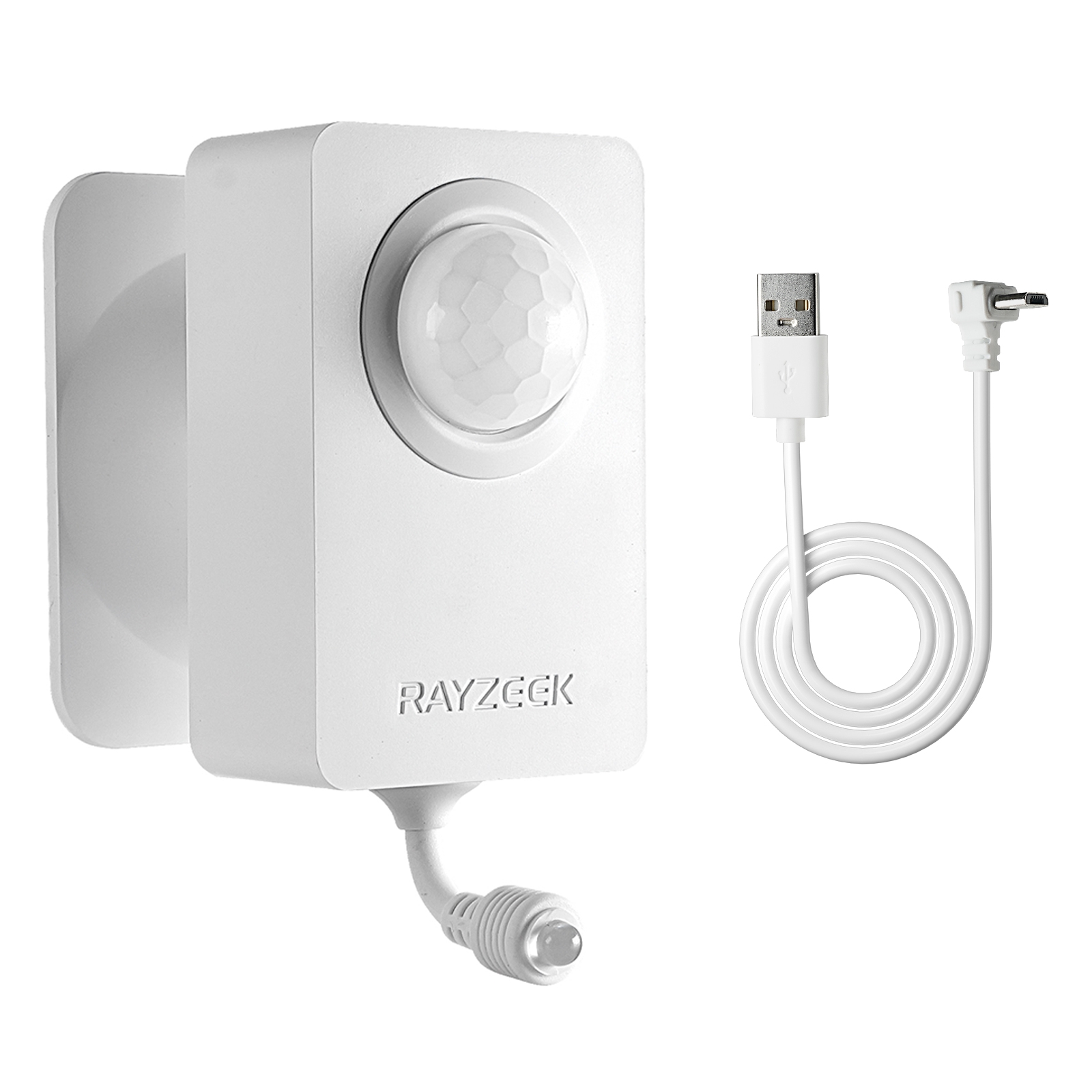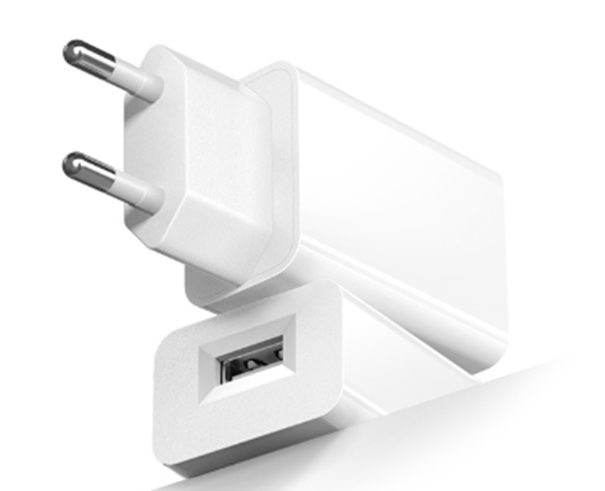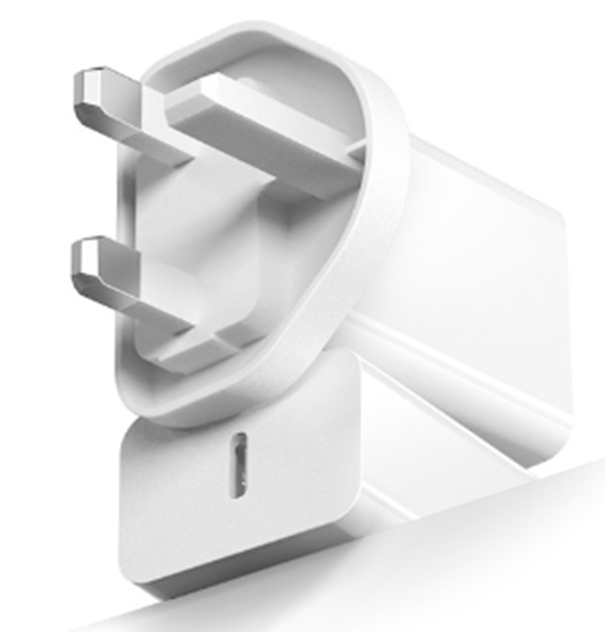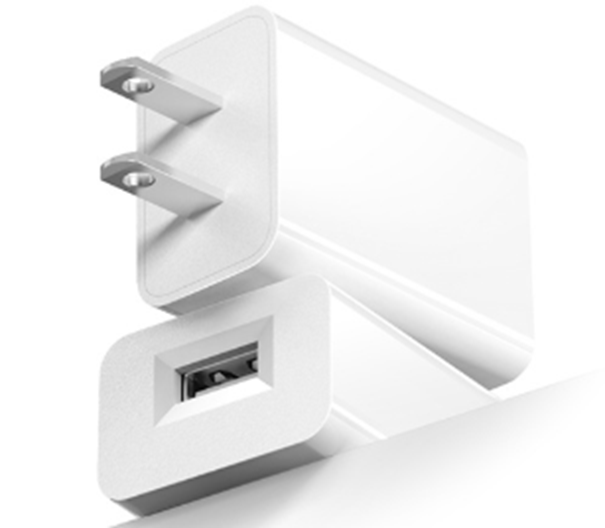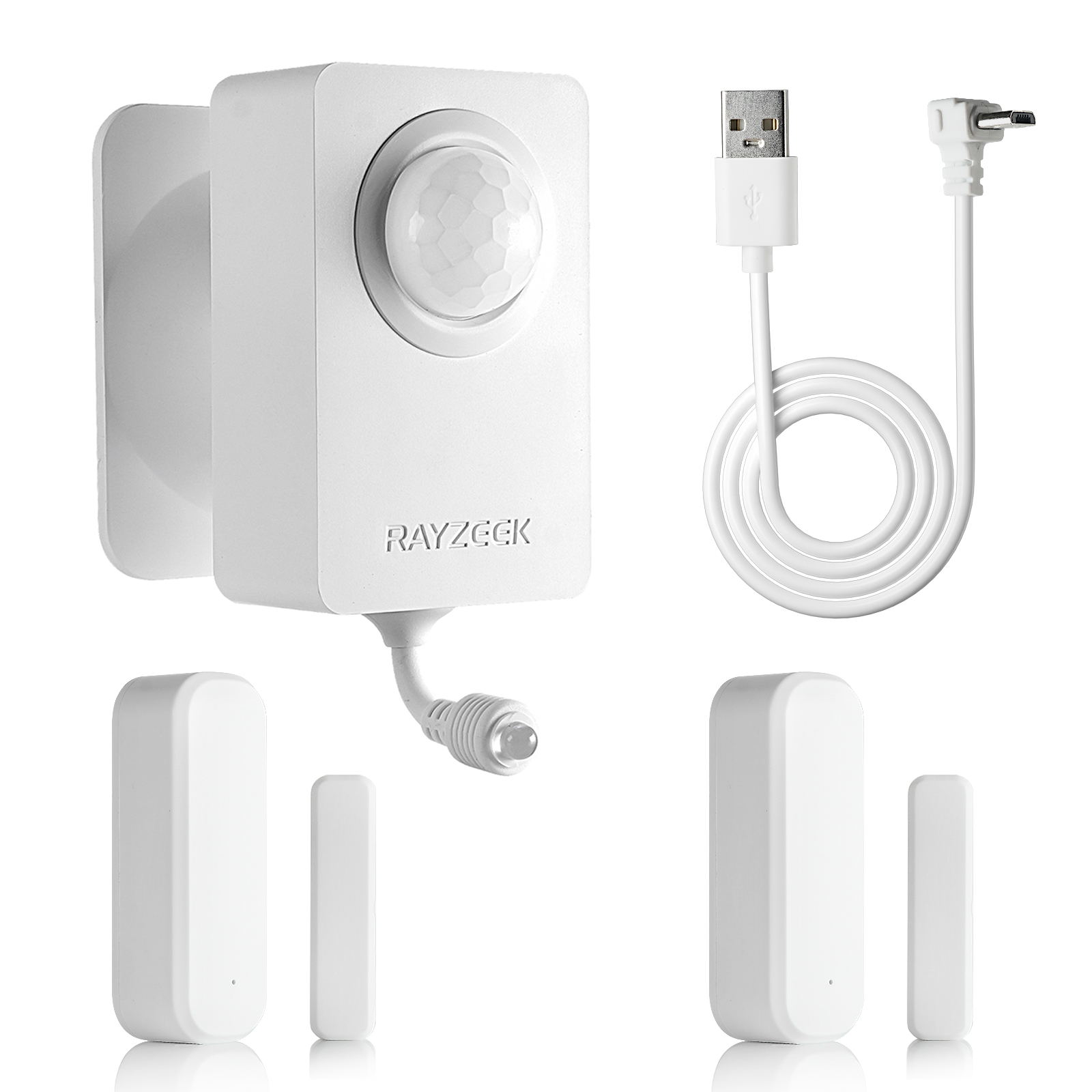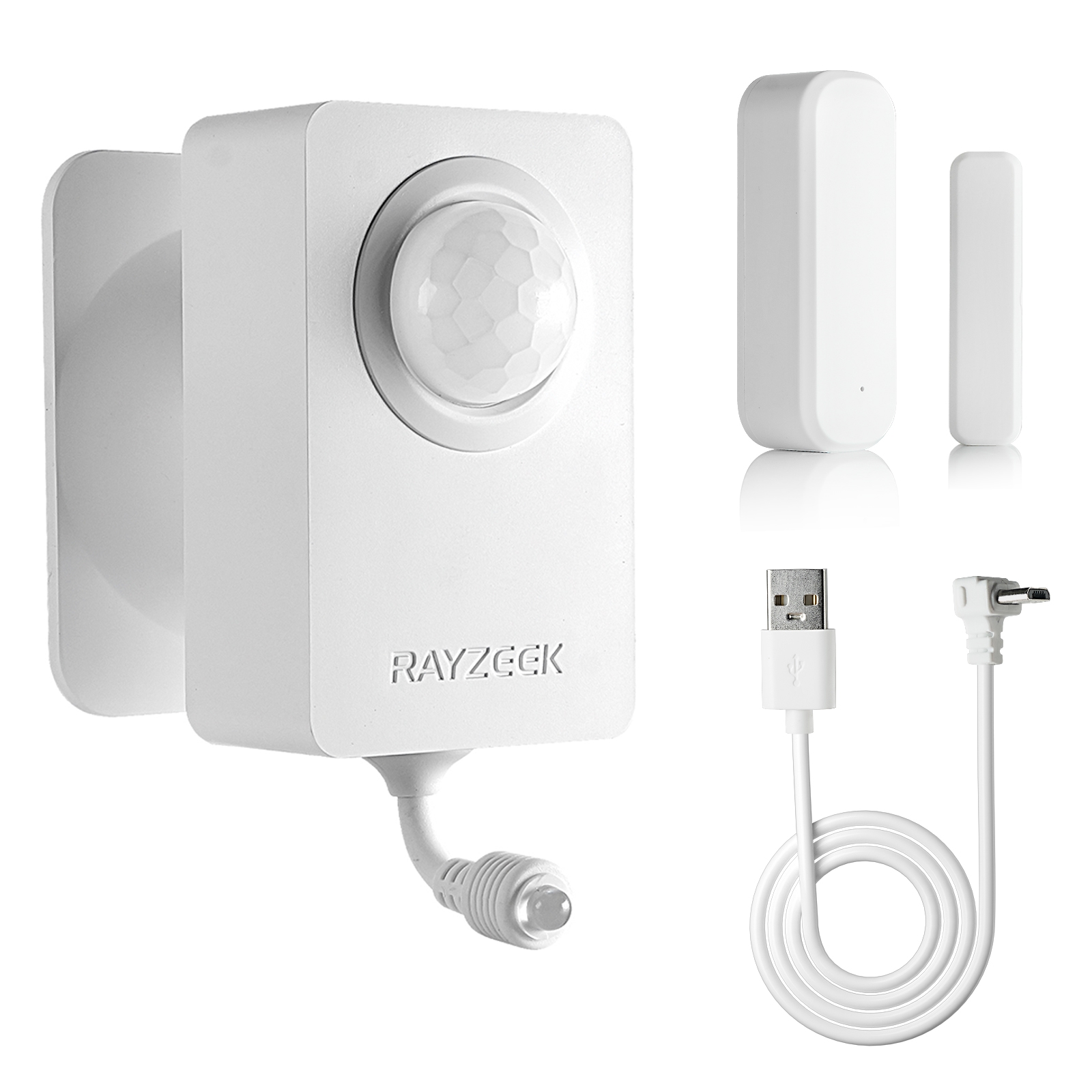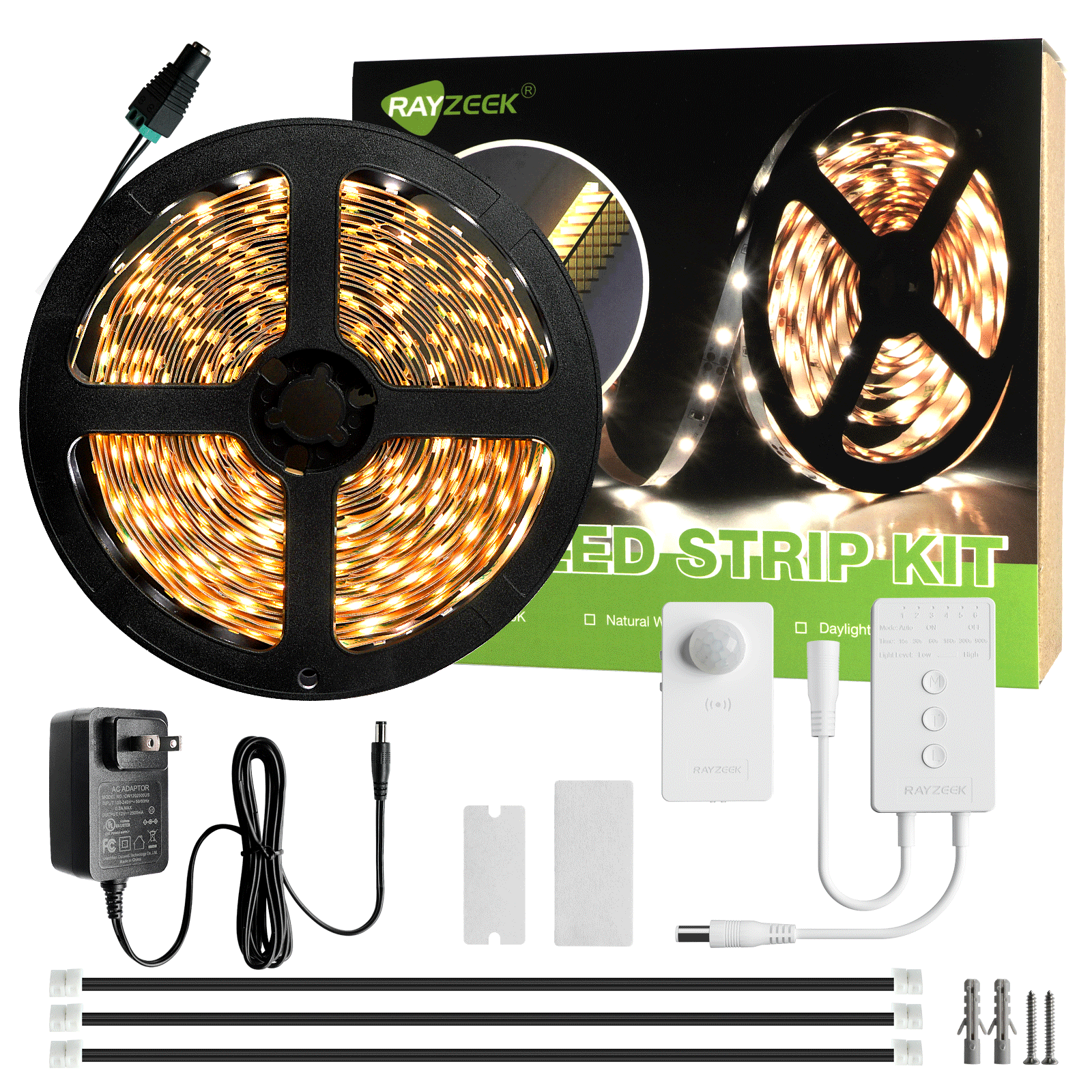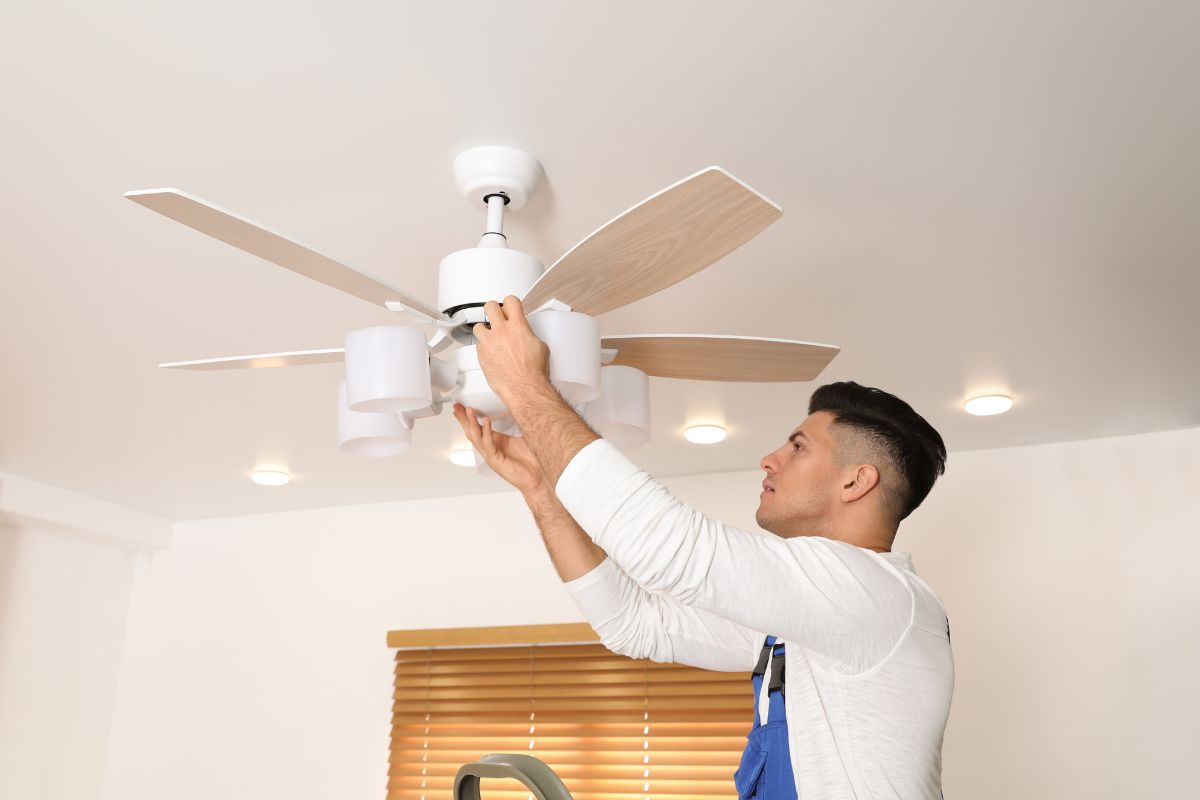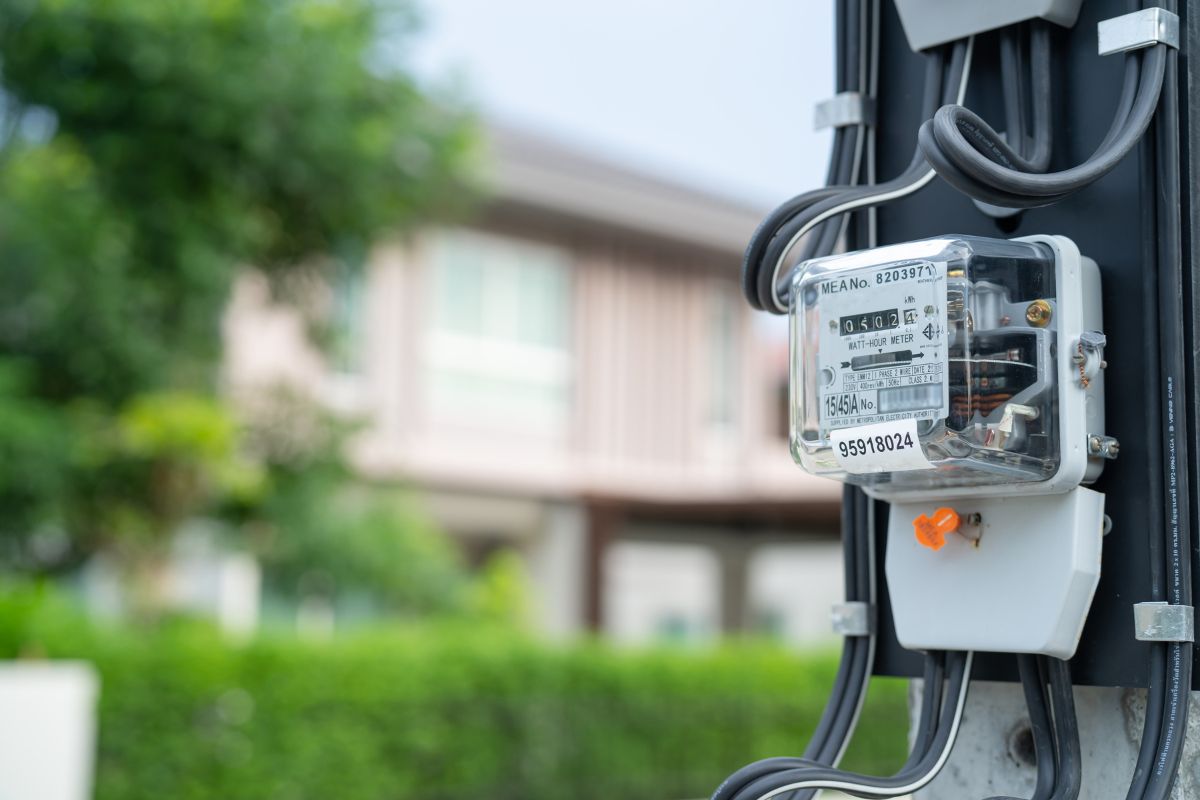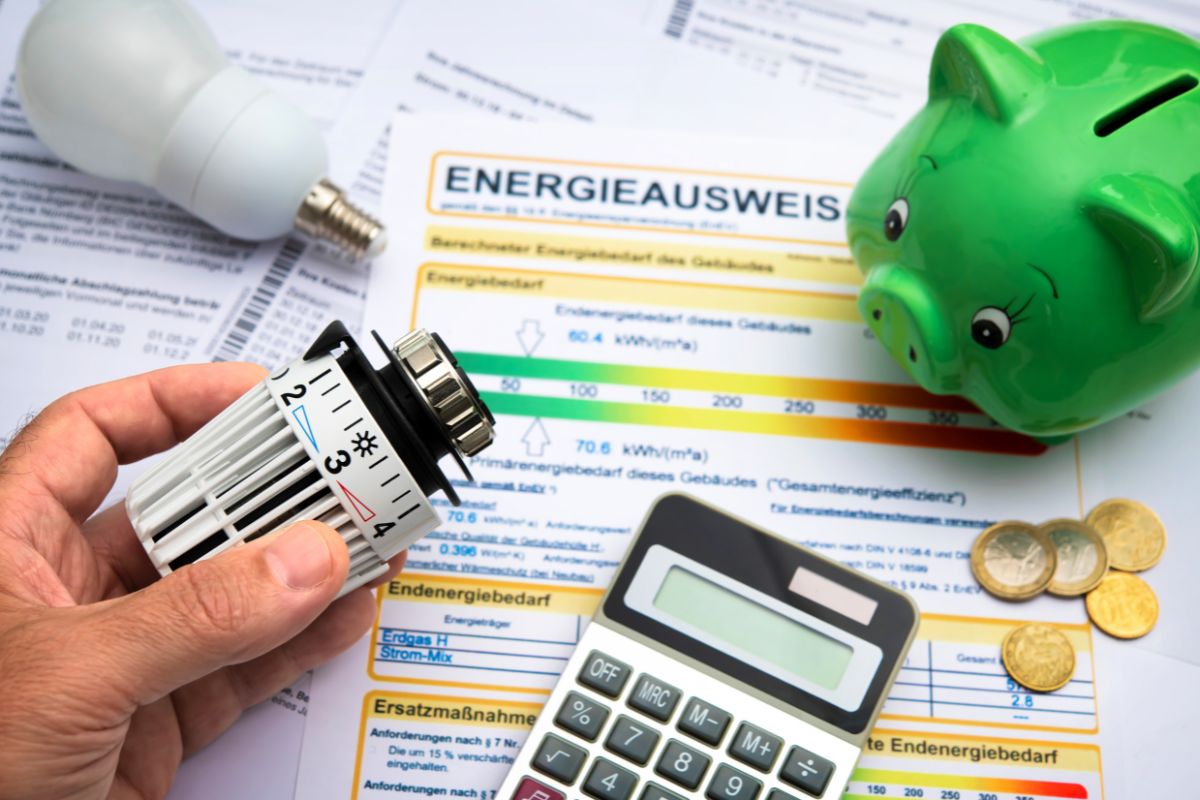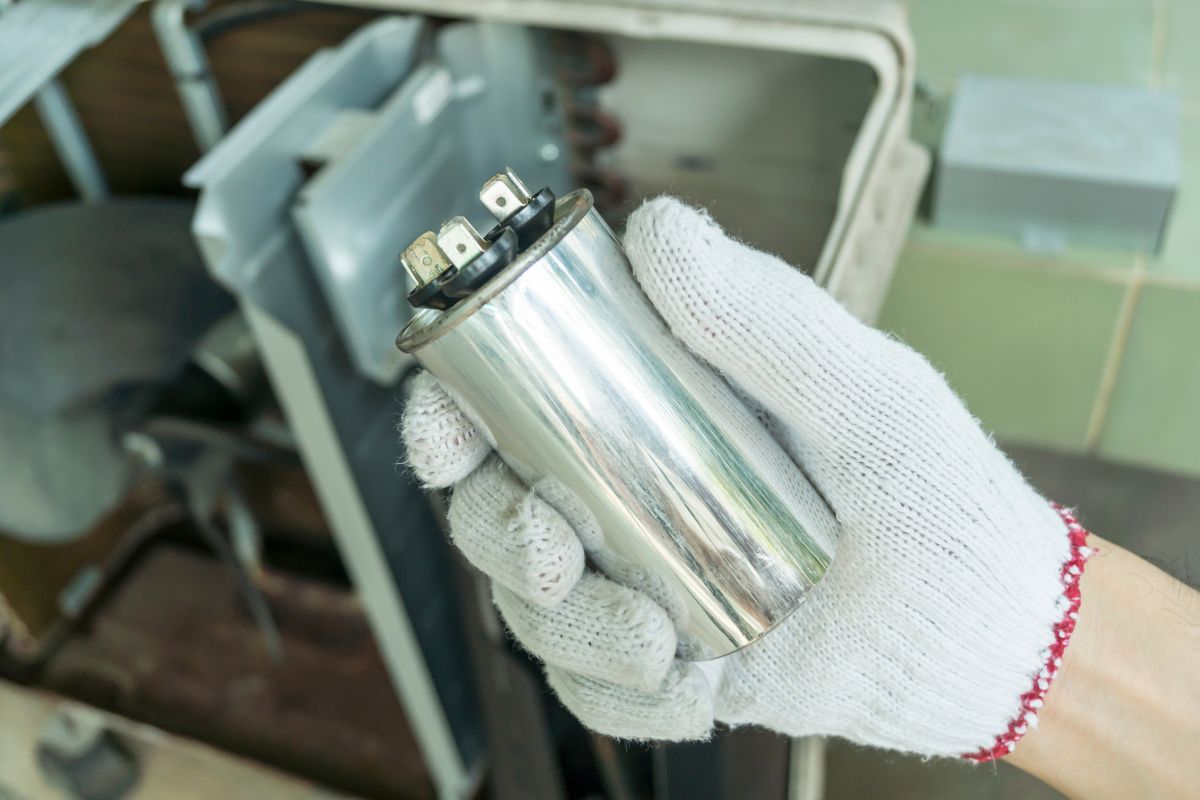Кондиционеры - это невоспетые герои современного комфорта, которые изо дня в день борются со зноем. Но, как и любая другая трудолюбивая машина, они требуют тщательного ухода, чтобы поддерживать пиковую производительность и избежать безвременной кончины. Хотя быстрая замена фильтра может показаться достаточной, истинная долговечность кондиционера зависит от более глубокого понимания решающей роли очистки. Речь идет не об эстетике, а о сложном танце между потоком воздуха, теплообменом и деликатными компонентами, которые заставляют ваш кондиционер работать. Пренебрежение глубокой очисткой сродни марафонскому забегу с гирями на лодыжках - какое-то время это может работать, но в конце концов что-то да даст сбой.
Почему глубокая очистка крайне важна для долговечности кондиционера
Глубокая очистка выходит за рамки поверхностной. Речь идет не только о протирании внешней поверхности или замене фильтра, хотя и это важные первые шаги. Мы говорим о том, чтобы проникнуть во внутреннюю работу вашего кондиционера, обращаясь к тем местам, где скапливается грязь, мусор и копоть, что негативно сказывается на эффективности и сроке службы.
Рассмотрите змеевики испарителя и конденсатораэто самое сердце процесса охлаждения вашего кондиционера. Эти замысловатые сети металлических ребер отвечают за важнейший теплообмен, превращающий теплый влажный воздух в освежающий бриз. Когда воздух проходит через эти змеевики, пыль, пыльца, перхоть домашних животных и другие частицы воздуха неизбежно прилипают к их поверхности. Со временем эти частицы образуют изоляционный слой, препятствующий способности теплообменников поглощать и рассеивать тепло. Результат? Ваш кондиционер вынужден работать дольше и интенсивнее, чтобы достичь желаемой температуры, что приводит к значительному увеличению потребления энергии. Исследования показали, что грязные змеевики могут снизить эффективность кондиционера на столько, насколько 30%Это приведет к значительному увеличению ваших счетов за электроэнергию.
Но последствия пренебрежения глубокой очисткой выходят далеко за пределы вашего кошелька. Грязный, перегруженный кондиционер - главный кандидат на преждевременный отказ компонентов. Сайт компрессоррабочая лошадка системы, может перегреться и сгореть под нагрузкой. Моторы могут выйти из строя, а в линиях хладагента могут образоваться утечки. Это не мелкие неудобства, а дорогостоящий ремонт, которого часто можно избежать при надлежащем обслуживании. Подумайте об этом так: вы бы стали водить свою машину годами без замены масла? Тот же принцип применим и к вашему кондиционеру. Регулярная глубокая очистка - это профилактическая мера, небольшая инвестиция, которая может избавить вас от серьезной финансовой головной боли в будущем.
Кроме того, чистый блок кондиционера необходим для поддержания оптимальное качество воздуха в помещении. Несмотря на то, что фильтр задерживает некоторые частицы воздуха, значительное количество пыли, аллергенов и даже спор плесени может обходить его и накапливаться в системе. Эти загрязняющие вещества циркулируют по дому при каждом включении кондиционера, потенциально усугубляя проблемы с дыханием и аллергию. Глубокая очистка удаляет эти скрытые загрязнители, гарантируя, что ваш кондиционер не будет непреднамеренно вредить воздуху, которым вы дышите.
В то время как глубокая уборка позволяет устранить неэффективность, вызванную грязью и загрязнениями, часто упускается из виду еще один значительный источник потерь энергии: кондиционеры, работающие в незанятых помещениях. Даже самый чистый кондиционер будет потреблять лишнюю энергию, если оставить его включенным, когда рядом никого нет. Именно здесь и пригодятся такие умные технологии, как RZ050 Датчик движения кондиционера вступает в игру. Это инновационное устройство автоматически отключает кондиционер, когда обнаруживает, что комната пуста, что позволяет оптимизировать энергопотребление и уменьшить воздействие на окружающую среду.
RZ050 Датчик движения кондиционера
Хватит тратить энергию на пустые комнаты
- Автоматически отключает кондиционер, когда вы выходите из комнаты.
- Сокращает расходы на электроэнергию до 50%.
- Простая установка и совместимость с большинством сплит-систем.
Типы кондиционеров: Последствия очистки
Прежде чем мы перейдем к рассмотрению особенностей очистки, необходимо понять, что не все кондиционеры созданы одинаковыми. Три основных типа - сплит-системы, оконные блоки и центральные системы кондиционирования - Каждый из них имеет уникальную конструкцию и компоненты, влияющие на процесс очистки.
- Сплит-системыКак следует из названия, они состоят из двух основных блоков: внутреннего блока, в котором расположены змеевики испарителя и вентилятор, и наружного блока, в котором находятся змеевики конденсатора, компрессор и вентилятор.
- Оконные блокиС другой стороны, они являются автономными, все компоненты размещены в одном корпусе, который устанавливается в оконный проем.
- Центральные воздушные системы Наиболее сложные системы, использующие сеть воздуховодов для распределения охлажденного воздуха по зданию. Воздухораспределитель, содержащий испарительные змеевики и воздуходувку, обычно располагается в подвале, на чердаке или в кладовке, а конденсаторный блок находится снаружи.
Эти конструктивные различия оказывают существенное влияние на процесс очистки. Например, для доступа к змеевикам испарителя в сплит-системе часто требуется снять переднюю панель внутреннего блока, в то время как для очистки оконного блока может потребоваться снять весь блок с окна для тщательного доступа. Центральные системы кондиционирования представляют собой дополнительную проблему, связанную с воздуховодами, которая обычно требует профессиональной очистки из-за своей сложности и наличия специального оборудования. Понимание этих нюансов имеет решающее значение для эффективного и безопасного подхода к процессу очистки.
Основные инструменты и меры предосторожности
Приступать к глубокой очистке кондиционера без необходимых инструментов и мер предосторожности - все равно что отправляться в плавание без карты и компаса. Это рецепт разочарования, потенциального ущерба и даже травм. Поэтому, прежде чем вы даже подумаете о том, чтобы прикоснуться к своему кондиционеру, давайте вооружимся необходимым арсеналом и знаниями.
Правильный чистящие растворы имеют первостепенное значение. Для хрупких ребер испарителя и конденсатора используются специализированные очистители катушек лучший выбор. Они имеют различные составы, от пенящихся до непенящихся, и даже от кислотных до щелочных, каждый из которых предназначен для определенных уровней загрязнения. Например, пенящийся очиститель отлично проникает вглубь ребер теплообменника, разрыхляя стойкую грязь и копоть. Непенящиеся очистители, с другой стороны, идеально подходят для ситуаций, когда затруднено обильное промывание. Кислотные очистители являются мощными, но их следует использовать только для сильно загрязненных теплообменников и с особой осторожностью, так как они могут быть коррозийными. Всегда следуйте инструкциям производителя по разбавлению и применению.
Помимо чистящих средств, вам понадобится ассортимент щетки и расчески. Щетки с мягкой щетиной идеально подходят для мягкой чистки ребер теплообменника, не причиняя вреда, а более жесткие щетки справятся с более стойким мусором на других компонентах. Гребни для плавников являются незаменимыми инструментами для выпрямления погнутых ребер конденсатора - распространенной проблемы, которая может значительно ограничить поток воздуха.
Надежный источник воды конечно же, необходим. Для промывки наружных змеевиков конденсатора идеально подходит садовый шланг с регулируемыми параметрами распыления, а для более деликатных внутренних компонентов лучше использовать бутылки с распылителем. A сухой/влажный пылесос еще один ценный инструмент, особенно для удаления мусора и воды из труднодоступных мест. И не забывайте об основах: отвертки, плоскогубцы и гаечные ключи для доступа к различным компонентам, а также фонарик для освещения темных углов и салфетки чтобы защитить свое окружение.
А теперь давайте поговорим безопасность - не подлежащий обсуждению аспект любого начинания по очистке кондиционера. Самое важное правило заключается в том, чтобы всегда отключайте питание кондиционера от автоматического выключателя перед началом работы. Это простое действие может предотвратить потенциально смертельный удар током. Помните, что конденсаторы даже при выключенном питании могут сохранять значительный электрический заряд. Их безопасная разрядка требует специальных знаний и инструментов, поэтому лучше доверить эту задачу квалифицированному специалисту.
ХладагентХладагенты, которые являются жизненной силой вашего кондиционера, также требуют уважения. Хотя современные хладагенты менее вредны для озонового слоя, чем их предшественники, они все равно могут представлять опасность для здоровья при неправильном обращении. Избегайте прямого контакта с хладагентом и никогда не пытайтесь самостоятельно перезаряжать или вмешиваться в трубопроводы хладагента. Этим должны заниматься только сертифицированные специалисты HVAC.
Чистящие растворы, несмотря на свою эффективность, могут быть опасны при неправильном обращении. Всегда надевайте соответствующие средства индивидуальной защиты (СИЗ)В том числе химически стойкие перчатки, защитные очки, респиратор или противопылевую маску, особенно при работе с сильными чистящими средствами или в пыльной среде. Длинные рукава и брюки дополнительно защитят вашу кожу от потенциальных раздражителей.
Наконец, если ваша задача по очистке предполагает работу на высоте, например, очистку наружного блока сплит-системы, установленной на стене или крыше, соблюдайте предельную осторожность. Используйте прочную лестницу, убедитесь, что она правильно закреплена, и попросите кого-нибудь помочь вам в случае необходимости.
Вдохновитесь портфолио датчиков движения Rayzeek.
Не нашли то, что хотели? Не волнуйтесь. Всегда есть альтернативные способы решения ваших проблем. Возможно, вам поможет один из наших портфелей.
Глубокая очистка кондиционеров сплит-систем
Кондиционеры со сплит-системой, имеющие отдельные внутренний и наружный блоки, требуют методичного подхода к глубокой очистке. Давайте разберем этот процесс, начав с внутреннего блока.
Сайт змеевики испарителяРасположенные внутри внутреннего блока, они являются основной целью. Для доступа к ним обычно требуется снять переднюю панель, которая обычно крепится винтами или зажимами. За конкретными инструкциями обратитесь к руководству по эксплуатации вашего блока, так как конструкция может отличаться в разных моделях. Сняв панель, вы сможете увидеть змеевики испарителя, которые часто закрыты защитной металлической сеткой.
Когда катушки открыты, настало время нанести очиститель катушки. Равномерно распылите очиститель на поверхность теплообменника, обеспечивая его глубокое проникновение в ребра. Дайте очистителю вспениться и подействовать в течение рекомендованного времени, обычно 10-15 минут. За это время очиститель разрыхлит и растворит накопившуюся грязь и копоть. Затем используйте щетка с мягкой щетиной аккуратно почистите змеевики, работая в направлении ребер, чтобы не погнуть их. Наконец, тщательно промойте змеевики водой, используя бутылку с распылителем или шланг низкого давления. Убедитесь, что вода правильно стекает в дренажный поддон внизу.
Пока вы находитесь внутри устройства, воспользуйтесь возможностью почистить воздушный фильтр. Снимите фильтр и, в зависимости от типа, либо промойте его мягкой водой с мылом, либо замените новым. Чистый фильтр имеет решающее значение для поддержания хорошего потока воздуха и качества воздуха в помещении.
Сайт воздуходувное колесоВ вентиляторе, отвечающем за циркуляцию охлажденного воздуха, также может скапливаться значительное количество пыли. Если есть возможность, используйте пылесос с насадкой-щеткой для удаления мусора, а затем протрите лезвия влажной тряпкой.
Сайт Сливной поддон и трубопроводчасто упускают из виду, но они жизненно важны для предотвращения повреждения водой. Осмотрите сливной поддон на наличие трещин или протечек и очистите его слабым мыльным раствором. Промойте сливную линию водой и специализированным средством для очистки сливных линий, чтобы предотвратить засоры, которые могут привести к застою воды и потенциальному повреждению дома. Для устранения небольших засоров можно использовать пылесос для влажной/сухой уборки.
Теперь перейдем к наружному блоку. Сайт змеевики конденсаторарасположенные на задней или боковой стороне устройства, подвержены воздействию элементов и имеют тенденцию накапливать много мусора. Начните с удаления крупного мусора, например листьев, веток или скошенной травы, вручную или с помощью мягкой щетки. Затем нанесите средство для очистки катушек, чтобы оно проникло в грязь и копоть. Тщательно промойте катушки с помощью садового шланга, используя умеренное давление. Не используйте высокое давление, так как оно может повредить хрупкие ребра. В процессе работы осмотрите лопасти вентилятора и двигатель на предмет повреждений и износа.
Глубокая очистка оконных кондиционеров
Оконные кондиционеры, являющиеся автономными устройствами, представляют собой несколько иную проблему для очистки. Хотя некоторые мелкие работы по очистке можно выполнить и с установленным блоком, для действительно глубокой очистки часто требуется снять его с окна. Это может быть работой для двух человек, поскольку оконные кондиционеры могут быть тяжелыми и неудобными в обращении.
После того как устройство безопасно извлечено и помещено на устойчивую поверхность, можно приступать к его разборке. Обычно для этого необходимо снять переднюю решетку, фильтр и различные панели, чтобы получить доступ к внутренним компонентам. Обратитесь к руководству по эксплуатации устройства, чтобы получить конкретные инструкции, поскольку конструкции могут отличаться.
Разобрав устройство, вы получите доступ как к змеевики испарителя и конденсатора. Нанесите очиститель для катушек на оба комплекта катушек и с помощью щетки с мягкой щетиной аккуратно удалите грязь и копоть. Тщательно промойте катушки водой, обеспечив надлежащий слив.
Сайт воздушный фильтробычно расположенные за передней решеткой, следует очистить или заменить. Моющиеся фильтры можно чистить мягкой водой с мылом, а одноразовые фильтры необходимо регулярно заменять.
Сайт колесо вентилятора и вентиляторОтвечающие за циркуляцию воздуха, также необходимо чистить. Используйте пылесос с насадкой-щеткой для удаления пыли и мусора, а затем протрите лопасти влажной тряпкой.
Осмотрите Сливной поддон и каналы на предмет засоров или утечек. Очистите поддон слабым мыльным раствором и промойте сливные каналы водой, чтобы обеспечить надлежащий слив.
Когда все компоненты будут очищены, аккуратно соберите блок, убедившись, что все панели и винты закреплены должным образом. Установите блок в окно, убедившись, что он хорошо загерметизирован и закреплен.
Глубокая очистка систем центрального кондиционирования воздуха
Центральные системы кондиционирования воздуха с их обширной системой воздуховодов и множеством компонентов требуют более комплексного подхода к глубокой очистке. Хотя с некоторыми аспектами процесса очистки могут справиться и сами домовладельцы, некоторые задачи, в частности очистку воздуховодов, лучше доверить квалифицированным специалистам в области ОВКВ.
Давайте начнем с воздухораспределительВнутренний блок, в котором расположены змеевики испарителя и вентилятор. Для доступа к змеевикам испарителя обычно требуется снять панель доступа, которая может быть закреплена винтами или зажимами. Это может быть более сложной задачей, чем при использовании сплит-систем или оконных блоков, поскольку воздухообрабатывающие агрегаты часто располагаются в тесных помещениях, например на чердаках или в шкафах.
Возможно, вы заинтересованы в
Когда змеевики будут открыты, нанесите на них средство для очистки змеевиков и с помощью щетки с мягкой щетиной аккуратно удалите накопившуюся грязь и копоть. Тщательно промойте змеевики водой, следя за тем, чтобы она как следует стекала в расположенный ниже дренажный поддон.
Ищете энергосберегающие решения с функцией активации движением?
Свяжитесь с нами, чтобы получить полный комплект PIR-датчиков движения, энергосберегающих продуктов, выключателей с датчиками движения и коммерческих решений для работы в режиме "занято/не занято".
Сайт двигатель и колесо вентиляторарасположенные внутри воздухораспределителя, также необходимо очищать. Используйте пылесос с насадкой-щеткой для удаления пыли и мусора и протрите лопасти влажной тканью.
Сайт Сливной поддон и трубопроводНеобходимо проверить и очистить поддон, который имеет решающее значение для предотвращения повреждения водой. Очистите поддон слабым мыльным раствором, а сливную линию промойте водой со специализированным средством для предотвращения засоров.
Теперь перейдем к наружному блоку, в котором находится Змеевики конденсатора, компрессор и вентилятор. Как и в случае со сплит-системами, начните с удаления крупного мусора вокруг устройства. Затем нанесите средство для очистки змеевиков конденсатора и тщательно промойте их с помощью садового шланга, используя умеренное давление. Осмотрите лопасти вентилятора и двигатель на наличие признаков повреждения или износа.
Сайт воздуховодСеть каналов, по которым охлажденный воздух распределяется по всему дому, представляет собой уникальную задачу. В то время как домовладельцы могут очистить доступные места, такие как регистры и решетки, тщательная очистка воздуховодов требует специального оборудования и опыта. Профессиональные специалисты по очистке воздуховодов используют мощные пылесосы и щетки для удаления скопившейся пыли, мусора и даже плесени из воздуховодов. Это не только улучшает качество воздуха в помещении, но и повышает эффективность вашей центральной системы кондиционирования.
Передовые методы очистки критически важных компонентов
Хотя описанных выше основных действий по очистке достаточно для регулярного обслуживания, бывают случаи, когда для восстановления максимальной производительности вашего кондиционера требуются более сложные методы. Для этого часто требуются специальные инструменты и более глубокое понимание тонкостей работы каждого компонента.
Змеевики испарителя
При работе с сильно загрязненными змеевиками испарителя может потребоваться более мощный очиститель. Кислотные очистители змеевиков, например, очень эффективны для удаления стойкого налета, но требуют осторожного обращения из-за своей коррозионной природы. Всегда следуйте инструкциям производителя по разбавлению, применению и нейтрализации. Тщательное промывание очень важно после использования кислотных очистителей, чтобы не повредить катушки.
Рост плесени и грибка на змеевиках испарителя - еще одна распространенная проблема, особенно во влажном климате. Для решения этой проблемы можно использовать специализированные средства для удаления плесени и грибка, но не менее важно устранить основную причину роста, например, избыточную влажность или плохой поток воздуха. В некоторых случаях установка ультрафиолетовых ламп в воздухораспределителе может помочь предотвратить будущий рост плесени и грибка, уничтожая эти микроорганизмы на поверхности теплообменника.
Змеевики конденсатора
Погнутые или поврежденные ребра конденсатора - распространенная проблема, которая может значительно ограничить поток воздуха и снизить эффективность работы. Специализированный инструмент, называемый гребень плавника используется для выпрямления этих тонких плавников. Гребни для плавников бывают разных размеров, соответствующих расстоянию между плавниками (fins per inch, или FPI). Используя гребень нужного размера, аккуратно вставьте его между плавниками и осторожно потяните за него по всей длине спирали, чтобы выпрямить все погнутые или смятые плавники.
Дренажная линия и поддон
Упорные засоры в сливном трубопроводе могут потребовать не только промывки водой. Для всасывания в конец сливной линии и удаления засора можно использовать пылесос для влажной/сухой уборки. Кроме того, для прочистки засоров можно использовать специализированные инструменты, такие как гибкие щетки или баллончики с газом под давлением. Чтобы предотвратить засоры в будущем, используйте таблетки или растворы для очистки сливной линии, которые предназначены для растворения накопившегося осадка и предотвращения роста водорослей.
Колесо и двигатель воздуходувки
Если вы заметили визжащие или скрежещущие звуки, исходящие от двигателя нагнетателя, это может быть признаком того, что подшипники нуждаются в смазке. Некоторые двигатели вентиляторов имеют масляные отверстия, в которые можно добавить несколько капель специального масла. Однако многие современные двигатели постоянно герметичны и не требуют смазки. Несбалансированное колесо воздуходувки может вызывать чрезмерную вибрацию и шум. Обычно этим занимается профессионал, поскольку для этого требуется специальное балансировочное оборудование.
Устранение неисправностей и решение распространенных проблем с кондиционерами
Даже при тщательной очистке кондиционеры все равно могут испытывать проблемы. Знание того, как устранить эти неполадки, поможет вам сэкономить время, деньги и разочарование. Вот руководство по некоторым распространенным проблемам кондиционеров и их возможным решениям:
- Уменьшенный воздушный поток: Если вы заметили уменьшение количества воздуха, выходящего из вентиляционных отверстий, первым виновником этого часто бывает загрязненный воздушный фильтр. Осмотрите фильтр и при необходимости очистите или замените его. Другие возможные причины - засорение змеевиков испарителя или конденсатора, засорение вентиляционных отверстий или неисправность двигателя вентилятора. Очистите змеевики, убедитесь, что все вентиляционные отверстия открыты и не засорены, а также проверьте мотор вентилятора на наличие признаков повреждения или износа.
- Утечки воды: Утечки воды могут быть вызваны различными факторами, включая засорение дренажной линии, трещины или переполнение дренажного поддона, а также замерзшие змеевики испарителя. Прочистите все засоры в дренажной линии, осмотрите дренажный поддон на предмет трещин и проверьте, не образовался ли лед на змеевиках испарителя. Замерзшие змеевики могут быть признаком низкого уровня хладагента или проблем с воздушным потоком, и в обоих случаях их должен устранить профессионал.
- Недостаточное охлаждение: Если ваш кондиционер работает, но не охлаждает дом эффективно, проблема может заключаться в низком уровне хладагента, загрязнении змеевиков, ограничении воздушного потока или неисправном термостате. Проверьте, нет ли утечек хладагента (при подозрении обратитесь к специалисту), очистите змеевики, устраните любые проблемы с воздушным потоком и проверьте термостат, чтобы убедиться, что он работает правильно и настроен на нужную температуру.
- Странные звуки: Необычные шумы, такие как дребезжание, жужжание или скрежет, могут указывать на различные проблемы. Ослабленные детали, изношенные подшипники, несбалансированное колесо воздуходувки или даже проблемы с компрессором - все это может быть причиной странных звуков. Осмотрите устройство на предмет ослабленных деталей и при необходимости подтяните их. При необходимости смажьте подшипники двигателя вентилятора. Если шум не прекращается, лучше обратиться к специалисту для диагностики и ремонта.
- Проблемы с электричеством: Если ваш кондиционер отключает автоматический выключатель или вообще не включается, это может быть связано с электрической проблемой. Проверьте, не сработал ли автоматический выключатель, и при необходимости сбросьте его. Осмотрите электропроводку на предмет любых признаков повреждения, например, перетертых или перегоревших проводов. Если вы не умеете работать с электрическими компонентами, лучше вызвать квалифицированного электрика или специалиста по отоплению, вентиляции и кондиционированию воздуха.
Когда нужно обращаться к профессионалам: Хотя многие задачи по очистке и устранению неисправностей кондиционеров могут быть выполнены владельцами дома, есть определенные ситуации, когда необходимо вызвать квалифицированного специалиста по ОВК. К ним относятся:
- Утечки хладагента или перезарядка: Работа с хладагентом требует специальной подготовки и сертификации.
- Проблемы с электричеством: Работа с электрическими компонентами может быть опасной, если вы не обладаете достаточной квалификацией.
- Проблемы с компрессором: Компрессор - сложный и дорогостоящий компонент, который должен обслуживать только профессионал.
- Капитальный ремонт или замена компонентов: Если требуется ремонт или замена основных компонентов, лучше доверить это специалистам.
- Когда не уверены: Если вы не уверены в правильности действий по очистке или устранению неисправностей, всегда лучше проявить осторожность и вызвать специалиста.
Разработка проактивного графика обслуживания кондиционеров
Ключ к максимальной производительности и сроку службы вашего кондиционера - это проактивный график технического обслуживания. Это подразумевает регулярную чистку и осмотр в течение года, а не ожидание возникновения проблем.
Ежемесячно
- Воздушный фильтр: Ежемесячно проверяйте воздушный фильтр и при необходимости очищайте или заменяйте его. Загрязненный фильтр ограничивает поток воздуха, снижает эффективность и ухудшает качество воздуха в помещении.
- Наружный блок: Проверьте зону вокруг наружного блока и удалите любой мусор, например, листья, ветки или скошенную траву, которые могут препятствовать потоку воздуха.
Ежеквартально
- Дренажная линия и поддон: Осмотрите сливную линию и поддон на предмет засоров или утечек. Промойте сливную линию водой и специализированным очистителем, чтобы предотвратить засорение.
- Визуальный осмотр: Визуально осмотрите внутренний и наружный блоки на наличие признаков повреждения или износа, таких как расшатанные панели, перетертые провода или необычные шумы.
Ежегодно
- Глубокая очистка: Выполните тщательную глубокую очистку внутреннего и наружного блоков, следуя шагам, описанным в этом руководстве. Это включает в себя очистку змеевиков испарителя и конденсатора, колеса и двигателя воздуходувки, а также дренажного поддона и трубопровода.
- Профессиональная настройка: Запланируйте профессиональную настройку и осмотр с помощью квалифицированного специалиста по ОВКВ. Обычно это включает в себя проверку уровня хладагента, осмотр электрических компонентов, очистку катушек, проверку производительности системы и выявление любых потенциальных проблем.
Журнал технического обслуживания
Ведите подробный журнал всех выполненных работ по техническому обслуживанию, включая даты и все возникшие проблемы. Этот журнал будет служить ценной записью истории вашего кондиционера и поможет выявить повторяющиеся проблемы или предсказать будущие потребности в обслуживании.
Придерживаясь графика профилактического обслуживания и бдительно отслеживая любые признаки неисправностей, вы можете гарантировать, что ваш кондиционер останется надежным источником комфорта на долгие годы. Помните, что хорошо обслуживаемый кондиционер - это не просто прибор; это инвестиция в ваш комфорт, здоровье и душевное спокойствие.

